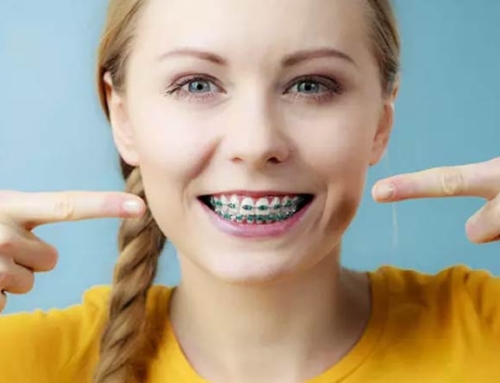I have written in prior blogs about why parents should invest in their children’s smile in order to provide them with self-confidence, self-worth and the best chance for a healthy and successful life. There are many orthodontic choices in the market today from braces, Invisalign and now there are even DIY orthodontic treatments that some people are even trying at home. I too am a parent and have ran a successful orthodontic practice with my wife where we have been able to help thousands of people to smile with confidence. My goal for this blog is to help parents figure out what the best treatment is for their children and share the point of view from other parents that I have met along my journey.
One of the questions that I get most often from parents in my orthodontic practice is, “What type of treatment should I get for my child in order to get the best results for their smile?” I get it every day and I understand a parent’s concern as orthodontic treatment will shape their child’s smile and have a huge impact on the rest of their kid’s life. Not only that but parents are typically investing over $5000 in their kid’s treatment, so they want to make sure that they are making a sound investment. Choosing the right treatment for a child has to begin with the patient. What is it that the child needs? What issues do they have that need to be treated and what is the best type of treatment to correct the issues? Although there are several options to choose from I have found that for children, most of the time braces are the best solution to correct orthodontic issues.
Why braces are most often the best solution for fixing your child’s teeth:
- Compliance and treatment success:
The #1 problem that I have seen over the years in orthodontic cases that are not done with braces such as Invisalign treatment has to do with a lack of patient compliance.
A parent’s largest concern when choosing Invisalign for their kid is that they do not know if their kid is actually going to wear the trays all of the time. When you choose braces, treatment success is more in the hands of the orthodontic specialist and not the patient. When a patient leaves the office, the orthodontist has zero control if the patient is actually wearing their Invisalign aligners. The last thing a parent wants to deal with is investing over $5000 in their kids orthodontic treatment and they don’t wear the Invisalign trays or lose them. With braces, the orthodontist, parent and patient can rest assured that the treatment plan is moving forward from day 1.
- Braces have the ability to fix more issues:
Braces can make changes that are not possible with other types of treatment. Bite issues (under-bite, over-bite, cross-bite, etc.) in particular are far easier to correct with braces than Invisalign. Rotating teeth and helping to bring down teeth that have not erupted (teeth that are stuck above the gum line) are also far better with braces and in some cases the only way to accomplish this movement. There may come a day when this is not true but for now, braces are superior for complex issues.
- Braces tend to be less work for the patient and parent day-to-day:
The greatest thing about Invisalign is that you can take them off to eat and brush. However, this creates a lot of follow up and compliance on behalf of the patient. Every time you eat (snacks included) you have to take off the aligners and remember to put them back on which creates two possible issues.
- Lose the Invisalign trays: You can lose the trays (typically they get thrown in the garbage) or misplaced.
- Forget to put the Invisalign trays back in your mouth. You can forget to put the Invisalign trays back on your teeth which means that your teeth are not moving in the direction that is needed in order to correct the issues.
Although Invisalign is a great product and we have treated thousands of cases successfully, parents often find that the thought of their kid having to be responsible for their Invisalign trays 24/7 is a risk that they do not want to take. Braces provide peace of mind in that parents know that their kid’s teeth are doing what they are supposed to be doing without their kid having control over their treatment.
I hope that this article was helpful in sharing my experience in helping parents to choose the right type of orthodontic treatment for their kids. Regardless of which treatment you choose for you or your kids make sure that you are consulting with an orthodontic specialist for your smile needs.





